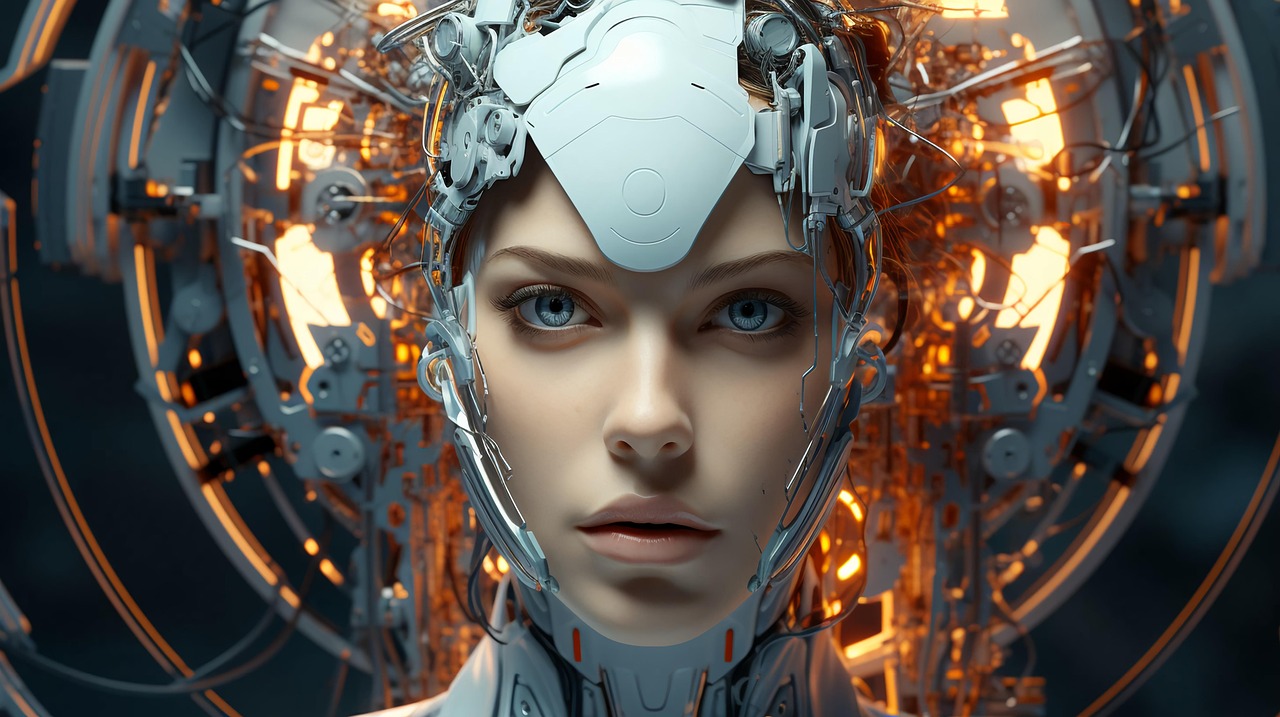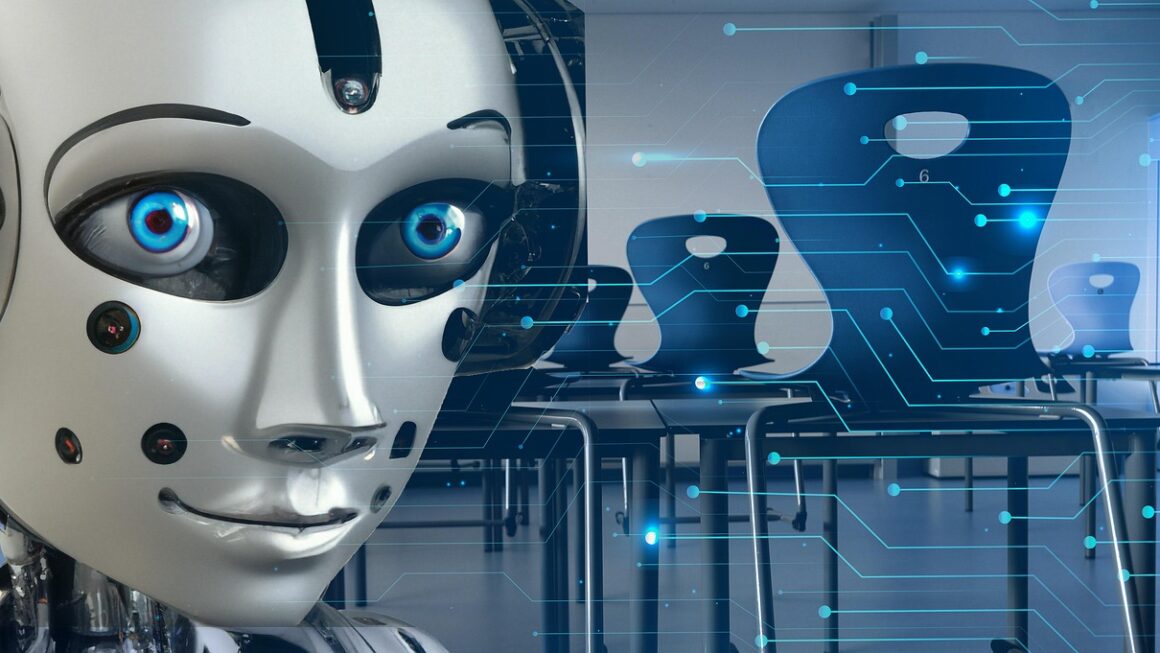Artificial intelligence (AI) has rapidly evolved from a futuristic concept to an integral part of our daily lives, transforming industries and redefining how we interact with technology. From personalized recommendations to complex problem-solving, AI applications are reshaping our world in profound ways. This article delves into the diverse landscape of AI applications, exploring their impact, benefits, and real-world examples.
AI in Healthcare
Diagnostics and Treatment
AI is revolutionizing healthcare by enabling faster and more accurate diagnoses. Machine learning algorithms can analyze medical images, such as X-rays and MRIs, to detect anomalies that might be missed by the human eye.
- Example: AI-powered diagnostic tools are used to identify early signs of cancer, improving patient outcomes and survival rates.
- Statistic: According to a study published in Nature, AI-powered systems can diagnose certain types of skin cancer with an accuracy rate exceeding 90%.
Furthermore, AI is being used to personalize treatment plans based on individual patient data, leading to more effective and targeted therapies.
Drug Discovery and Development
The process of drug discovery is often lengthy and expensive. AI is accelerating this process by analyzing vast amounts of data to identify potential drug candidates and predict their effectiveness.
- Benefits:
Reduced time and cost of drug development
Identification of novel drug targets
Improved success rates in clinical trials
- Example: AI is used to screen millions of compounds for potential efficacy against diseases like Alzheimer’s and Parkinson’s, saving years of research time.
Robotic Surgery
AI-powered robots are assisting surgeons in performing complex procedures with greater precision and control. This can lead to smaller incisions, reduced blood loss, and faster recovery times.
- Practical Tip: Look for hospitals that have invested in advanced robotic surgery systems to benefit from AI-enhanced surgical precision.
AI in Business and Finance
Customer Service
AI-powered chatbots are transforming customer service by providing instant support and resolving queries 24/7. These chatbots can handle a wide range of tasks, from answering basic questions to processing transactions.
- Examples:
Chatbots on e-commerce websites that provide product recommendations and order updates.
Virtual assistants that help customers troubleshoot technical issues.
Fraud Detection
AI algorithms can analyze financial transactions in real-time to detect and prevent fraudulent activities. These algorithms can identify patterns and anomalies that would be difficult for humans to detect.
- Key Points:
Reduced financial losses due to fraud
Improved security for financial transactions
Increased customer trust
- Data: Banks using AI for fraud detection have reported a reduction in fraud losses by up to 70%.
Algorithmic Trading
AI is used in algorithmic trading to make investment decisions based on real-time market data. These algorithms can identify profitable trading opportunities and execute trades automatically.
- Features:
High-speed trading
Automated risk management
Increased efficiency
AI in Transportation
Autonomous Vehicles
Self-driving cars are one of the most visible applications of AI. These vehicles use AI algorithms to perceive their surroundings, navigate roads, and avoid obstacles.
- Benefits:
Reduced traffic accidents
Increased efficiency
Improved accessibility for people with disabilities
- Example: Companies like Tesla and Waymo are actively developing and testing autonomous vehicle technology.
Traffic Management
AI is being used to optimize traffic flow and reduce congestion in urban areas. AI-powered traffic management systems can analyze real-time traffic data and adjust traffic signals to improve traffic flow.
- Statistic: Cities that have implemented AI-powered traffic management systems have reported a reduction in traffic congestion by up to 25%.
Logistics and Supply Chain
AI is used in logistics and supply chain management to optimize delivery routes, manage inventory, and predict demand. This can lead to significant cost savings and improved efficiency.
- Actionable Takeaway: Businesses can use AI-powered logistics software to streamline their supply chain operations.
AI in Education
Personalized Learning
AI is transforming education by enabling personalized learning experiences. AI-powered tutoring systems can adapt to individual student needs and provide customized instruction.
- Examples:
AI-powered platforms that provide personalized feedback on student essays.
Adaptive learning systems that adjust the difficulty level of questions based on student performance.
Automated Grading
AI can automate the grading of certain types of assignments, freeing up teachers to focus on more important tasks, such as providing individualized support to students.
- Benefits:
Reduced workload for teachers
Faster feedback for students
* Increased efficiency
Educational Content Creation
AI is also being used to create educational content, such as videos, simulations, and interactive exercises. This can make learning more engaging and effective.
- Practical Example: AI tools can generate interactive quizzes and exercises based on specific learning objectives.
AI in Entertainment
Content Recommendation
AI algorithms are used to recommend movies, music, and other content based on user preferences. This helps users discover new content and enhances their entertainment experience.
- Example: Streaming services like Netflix and Spotify use AI to personalize recommendations for their users.
Game Development
AI is used in game development to create more realistic and engaging game experiences. AI-powered characters can react intelligently to player actions, making games more challenging and immersive.
- Key Feature: AI-driven non-player characters (NPCs) that exhibit realistic behaviors and interactions.
Content Generation
AI is increasingly used to generate various forms of entertainment content, including music, art, and even scripts.
- Example: AI tools can generate original music compositions in a variety of styles.
Conclusion
AI applications are rapidly expanding across diverse industries, demonstrating the transformative potential of this technology. From enhancing healthcare diagnostics to optimizing supply chains and revolutionizing education, AI is driving innovation and efficiency. By understanding these applications, businesses and individuals can better leverage AI to improve processes, solve problems, and create new opportunities. The future holds even greater possibilities for AI, promising further advancements that will continue to shape our world.




